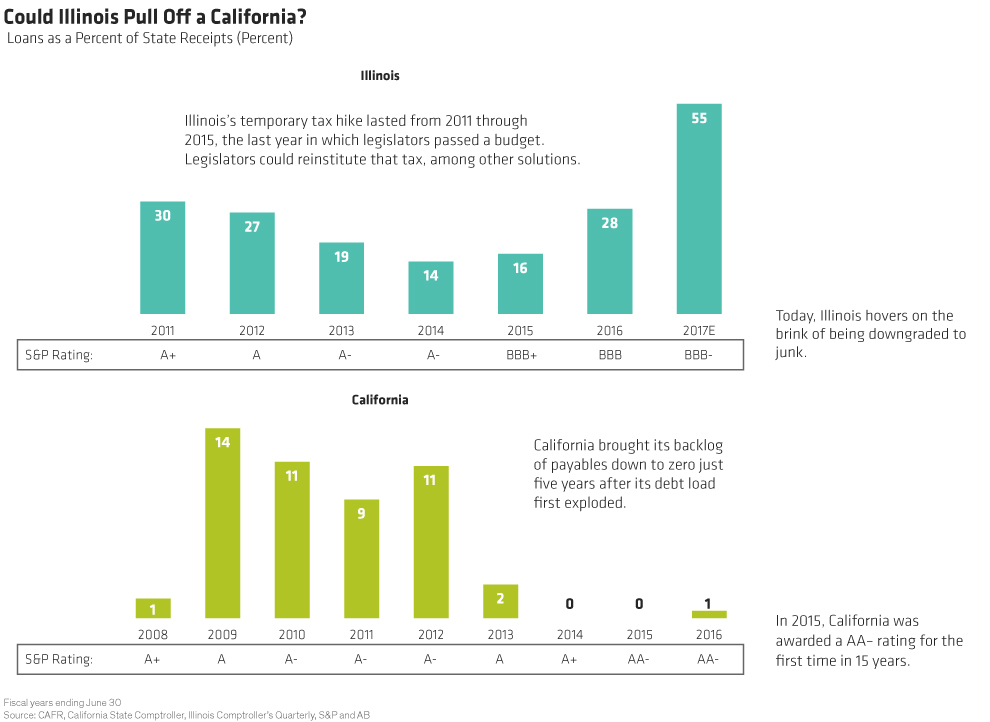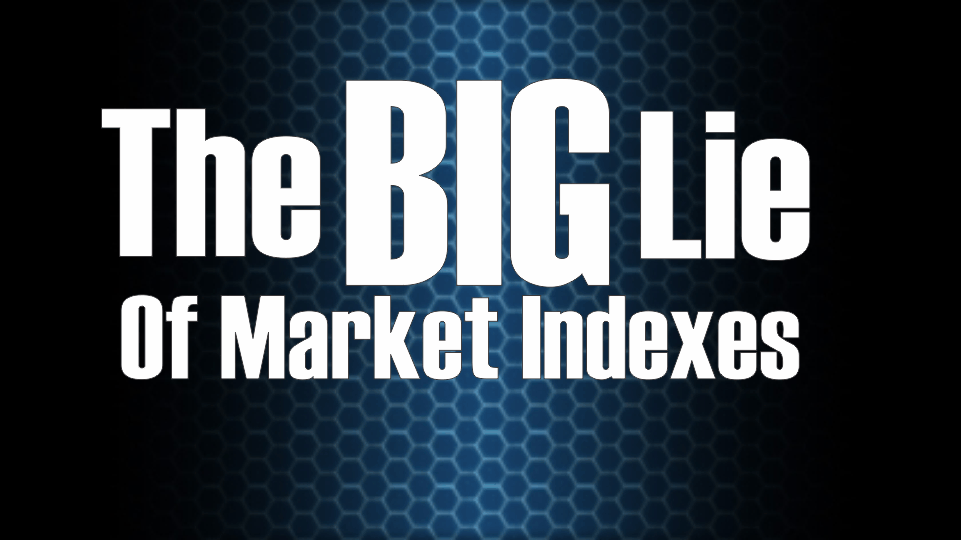by Joseph V. Amato, President and Chief Investment Officer, Equities, Neuberger Berman
Lately, I keep being reminded of Captain Renault shutting down Rick’s Café Americain in the classic movie Casablanca.
“I am shocked—shocked!—to find that gambling is going on in here!” he says, unaware that a croupier is about to choose this moment to hand him his own winnings.
If you were Rick, you’d probably be thinking, that’s “somewhat rich.”
Valuations Need Context
Those just happened to be the exact words Federal Reserve Chair Janet Yellen used to describe equity valuations last week. This was only the most recent of the warnings from a number of Fed officials. Vice Chair Stanley Fischer observed that price-to-earnings ratios were currently top-quintile relative to their long-term history. Meanwhile, FOMC voting member John Williams worried that markets were running on fumes and the “priced-to-perfection attitude out there”. It’s all a bit like 1996, when former Fed Chair Alan Greenspan famously remarked on the “irrational exuberance” of equity valuations.
U.S. central bankers are shocked—shocked!—to find that seven years of near-zero interest rates, and their balance sheets ballooning from $900 billion to $4.5 trillion in a decade, have pushed up asset valuations.
Recognizing the irony of that helps us to appreciate that today’s equity market valuations mean very little without a bit of context. Why are they where they are? And are they really “somewhat rich”?
Discount Rates Are Low, Earnings Are Growing
If equity markets are rich, what does that make U.S. Treasury markets? The 10-year yield has historically tended to reflect the growth rate of nominal GDP. With U.S. real GDP growing at 2% and inflation running at 2%, that implies a yield of around 4%. Today it is 2.25%.
As we have discussed on these pages before, the suppressed 10-year Treasury bond provides the basis for the discount rate that we use to value future earnings. The major central banks have fundamentally changed the P/E multiples that equity markets can support and narrowed the choices available to investors who are trying to achieve a required rate of return.
Very little out there looks cheap today. Business and consumer confidence surveys got way ahead of hard data toward the end of last year and into the first part of 2017, and some of that sentiment found its way into asset markets.
But that does not diminish the fact that the hard data is improving. First-quarter earnings surprised on the upside, and even without the year-on-year lift from energy prices, we remain confident that second-quarter releases will largely support current multiples.
Multiples Are High, But Not Extreme
While admittedly stretched, those multiples are not extreme. The 10-year average for the S&P 500’s 12-month forward P/E ratio is around 14 – 15 times; today it stands at 18.5. For the MSCI All Country World Index, the numbers are 13 times versus 17; the Emerging Markets index shows a 10-year average of 11 times versus today’s 13. Two to five points over the long-term average is not wild overvaluation, especially compared to 1999 – 2000 levels.
Robert Shiller’s Cyclically Adjusted Price-to-Earnings ratio (CAPE), which takes the moving average of 10 years’ worth of earnings and adjusts them for inflation, is around 30 times for the S&P 500. But it was 40-plus at the top of the dotcom bull market.
It’s also worth remembering two more things as we think about where equities should be priced at the moment. The first is that, in our view, 10-year average P/E ratios and the CAPE are still being dragged down by the dramatic earnings collapse of 2008 – 09, which will drop out of the analysis over the next two years.
The second is that investors appear to have priced out any pro-growth legislation, fiscal spending or tax reform from the U.S. administration months ago. Last week’s postponement of the healthcare vote was another example of why that is. Assuming that is the case, it leaves very little downside political risk, but the possibility of some upside should Congress surprise us by getting something passed.
In short, while no one denies that equity markets have had a tremendous run over the past few years, no one should be shocked by it, either. It is understandable that investors listen ever more closely to central bank officials right now. But, as suggested last week by the apparent U-turn from Mark Carney at the Bank of England, and some over-interpretation of a statement from Mario Draghi, it also pays to look through their words to the fundamental context beneath. Let’s not forget that after Greenspan’s comments in 1996, the S&P 500 went on to return 33% in 1997, 29% in 1998, and 21% in 1999.















